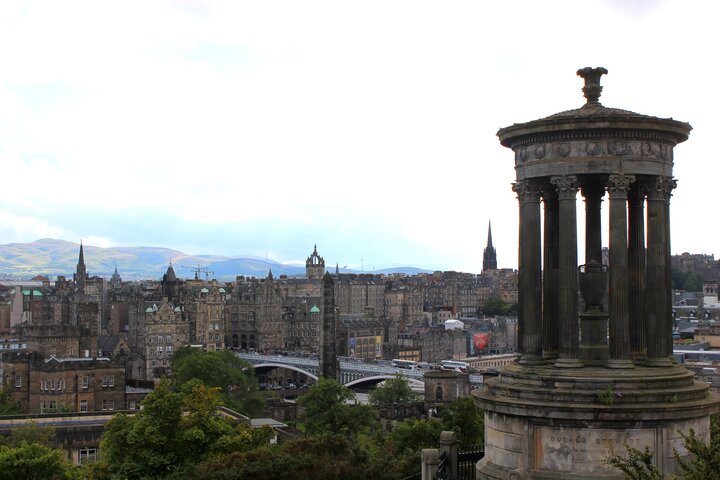Hogmanay
Hogmanay is one of the most important and biggest Scottish holidays and is celebrated from 31 December to 1 January. However, the Scottish New Year is celebrated quite differently than in many other countries around the world.




Hogmanay - A Scottish New Year
Hogmanay dates back to the times of the Reformation, when Christian festivals were abolished. The festival goes back to the customs of the Norsemen and their celebration of the winter solstice. It combines the Samhain festival of the Gaels and the Yule festival of the Vikings.
It was only in 1958 that Christmas also became a public holiday in Scotland. But 1 and 2 January have long been public holidays, and even today Hogmanay is almost more important in Scotland than Christmas.
Traditionally, the "First Footing" is still celebrated in Scotland. It starts at midnight - the start of the new year - and the first visitor who crosses the doorstep is supposed to bring good luck to the house. You don't come empty-handed, of course, but bring a gift. Salt and coal, as traditionally used, are no longer common. Black bun (a kind of fruit cake), shortbread and whisky, on the other hand, are still the order of the day. It is best if the first visitor is a handsome, dark-haired man, as this is said to bring particularly good luck.
Each place can bring in its own customs. In Stonehaven, for example, "fireball swinging" is celebrated. People make small round shapes out of wire, fill them with paper or rags, set them on fire and swing them over their heads. In Edinburgh, a large Viking ship is traditionally set on fire. The record attendance of 400,000 on New Year's Eve 1996/97 earned the city of Edinburgh an entry in the Guinness Book of Records. In addition, Hogmanay in Edinburgh is of course famous for the big "Street Festival", which attracts many thousands of people to the capital of Scotland every year. At the Street Festivals, Princes Street, which separates Edinburgh's Old Town from the New Town, is closed off to give Hogmanay guests space to party, dance and sing. If you have enough space, you might even get a ceilidh dance! There are various stages where, among other things, traditional Scottish bands with bagpipes and fiddle (a kind of fiddle) play. At midnight, of course, there is a big fireworks display, which is lit over Edinburgh Castle and Calton Hill.
An old tradition in the Highlands is that "magic water" is taken from a Ford, which the dead and the living cross, and sprinkled on the beds, the rooms and the inhabitants of the house. Then windows and doors are sealed and the house is fumigated with juniper until it causes coughing. Only then is the house aired out and people fortify themselves with whisky and a New Year's breakfast.
Bakers from St. Andrews distribute special bread to the inhabitants at New Year's, and in Falkland men organise a torchlight procession at midnight.
So customs are many and varied, but almost all have one thing in common: Robert Burns. His poem, Auld Lang Syne, is sung almost everywhere to bid farewell to the old year and welcome the new.
Perhaps you would like to sing Auld Lang Syne at the turn of the year - just like the Scots: